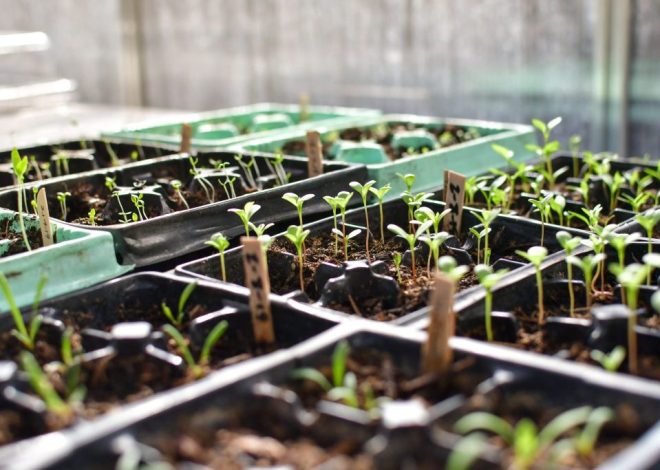
How and when to grow corn?
It is sown for using the spike at milky maturity, known by the name of “corn”. Corn, like potatoes and quinoa, formed an important part of the diet of the pre-Inca and Inca settlers. But when to grow corn? Today it is used for countless things and feeding humans and animals such as starch, glues and fuels such as ethanol.
When to grow corn
Sensitive to frost, it is a temperate-warm climate crop. It does not tolerate prolonged exposure to low temperatures. The optimum temperature of the culture is between 15 ° and 24 ° C with a maximum of 32 ° C and a minimum of 10 ° C. It prefers loamy to clay-loam soils because they retain more moisture, although it can be grown in a wide range of soils except those with salinity or acidity problems. It responds very well to soil of high fertility, for which the corn should continue in the rotation with the pea or broad bean due to the contribution of nitrogen by symbiosis left by these crops.
FORM AND SEASON OF SOWING
From September to November, depending on the variety, avoiding late plantings since they can be very harmful due to isoca attacks on the spike. It is sown directly by blow, in a field at 1.40 x 1.40 m or in rows at 70 cm between rows and 30 cm between plants. It is recommended to carry out staggered plantings every 15-20 days to extend the harvest period until March – April.
VARIETIES:
There are more than five thousand native varieties in Mexico and Central America. In danger of disappearance and transgenic contamination. The most common is sweet corn.
SEEDS
Hitching when the crop is 50 cm high, bringing soil to the side of the plants to achieve a good consolidation and avoid overturning by the wind during its development. It is recommended to fertilize with compost at a rate of 1 kg every 1.5 linear meters of furrow and repeat again in the cycle when the corn is in the tillering stage. Remember that almost 70% of the nutrients extracted by corn throughout its cycle occur from 10 days before to 30 days after the appearance of the panicle.
Irrigation: as it is a plant that requires humidity to obtain good development and produce corn of good size, it must have good humidity in its critical time, between the formation of the beards and the end of the filling of the grains. Likewise, the lack of water in the rest of the cycle suffers from obtaining good yields.
It is estimated that maize requires, in clay loam soils, about 25 mm of water per week in the growing season and about 40 mm per week during ear formation.
The most important pests for corn are cutter caterpillars, which affect it in its initial growth. The batch to be used at night can be checked with baits based on the orange peel for its control. If caterpillars appear, natural pyrethrins or diatomaceous earth can be applied at night. Other pests are caterpillars and boring worms such as the “spike isoca,” which attack the end of the spike, which is difficult to control by organic means, so intercropping with stem bean is recommended, sowing the most maize crops early sugary and in later sowings serrated maize (which are less.
Appetizing for the caterpillars and they have a stronger and rougher husk, protruding from the spike and giving greater protection to the entrance of the caterpillar; if it penetrates, it remains at the tip, the damage being less due to the size of the spike larger than one of the sweet type). Carp frequently to eliminate weeds and keep the soil loose and aerated.
HARVEST
It is calculated between 70 and 120 days, depending on the variety and sowing time. As a guideline, the harvest can begin 15 to 20 days after the appearance of the beards (stigmas) that begin to dry, being the grains to the milky state when the nail is put in, they easily burst, releasing a whitish liquid.
FLOWER
Corn has male, spike-shaped flowers located high up on the plant. It also has female flowers, with some hairs responsible for collecting pollen. From the female flowers, we will have our corn.




